Previously: Revelation 6, the great earthquake: sun and moon in eclipse
The first post in the Revelation series
The events of the great earthquake of the sixth seal were to result in a complete shaking and revolution of all earthly order: government, religion, society, economy, and worldview. We have seen the beginnings of that earthquake by the sun and the moon in total eclipse: Diocletian, the “Invincible Sun” as he was called, and the dual emperor system that he established (the sun and the moon), suffered total defeat at the hands of Constantine, an emperor who arose outside of Diocletian’s system.
Next, “the stars in the sky fell to the earth like a fig tree dropping its unripe figs when shaken by a fierce wind. The sky was split apart like a scroll being rolled up …” Revelation 6:13-14a. The symbolism of the stars, the sky, and the heavens have to do with spiritual powers. That the stars of the sky fall to the earth is a symbol of a complete loss of influence and authority of the spiritual powers that had been reigning at that time. As far as the sky being split, besides being just a general symbol of spiritual powers rent asunder, Constantine had seen a shining cross split the sky in a vision (312 ad) before he embarked on his campaign of victory over Diocletian’s emperors.
Religion in the Roman world, and since the establishment of Babel by Nimrod, had been paganism. Nimrod had exchanged the truth about God for a lie, and worshiped and served the creature rather than the Creator. For Genesis 1:1 says, In the beginning, God created the heavens and the earth. But Nimrod twisted that truth to a lie, and removed God as Creator, and elevated the heavens and earth itself to divinity, calling it Father Heaven and Mother Earth. All life on earth was supposed to have arisen from their union, as well as the rest of the pantheon of the gods; this is the root of the concept of the “sacred feminine” which is so central to paganism. Feminism is the same philosophy wrapped in a secular cloak. Even darwinism is from the same philosophy as paganism, wrapped in a secular cloak, because darwinism clings to paganism’s tenet, that nature itself is the creator of life.
The pagan gods of all the peoples were essentially the same, for the peoples had taken the pagan system with them upon leaving Babel: Ishtar in Babylonia was Ashtoreth in Israel and Astarte in Canaan and Carthage and Isis in Egypt and Aphrodite in Greece and Ostara in Norway and Eastre in Saxony. The religious system of the emperors and the peoples was paganism, until Constantine called on the God of the Christians in 312 ad, and first Licinius, then Maximin, followed suit.
Constantine ended Christian persecutions in 313 ad, and in 325 ad, when he was secure and had ceased from wars, he sponsored a great council of the church elders at Nicaea, to unify the church in matters of doctrine. The Nicene Creed is the result. Although paganism had not been outlawed, so great a number of people became Christians and joined the church that the pagan temples were converted to churches or went to ruin. So much so that in 331 ad, all the pagan temples in Rome, which had not been converted to churches, were destroyed.
Now Julian, a nephew of Constantine, came to the throne in 361 ad. He had been raised a Christian, but so much admired the Greek philosophers that he gave up Christianity and reverted to Greek paganism. He is known in history as Julian the Apostate. Thus when he became emperor, he ordered that all the Christian churches and schools should be closed, and the old pagan temples reopened, and the old pagan gods worshiped again. The soldiers in the army were forced to give up Christianity under penalty of being dismissed, and he sent a vast team of architects and builders to Jerusalem to rebuild it and the Temple, to disprove Jesus’ prophecy that the Temple would not be built again. An earthquake frightened the workers from continuing, however, and the work was abandoned, but Julian would have begun the project again, had not war with Persia, and then death, claimed him.
Once Julian was dead, the attempt to return to paganism was swiftly discarded, and the next emperor, Jovian, a devoted Christian, restored the Christian churches and schools, and undid as much as he was able all the harm to the Church that Julian had inflicted upon it. Paganism had been so far abandoned, in fact, that in 380 ad the emperor Theodosius banned pagan worship altogether and made Christianity the state religion.
Thus we see that Christianity had made such gains from 313 ad to 361 ad, a span of less than 50 years, that all the efforts and authority of the emperor could not restore paganism, the system which had been in place for over two millennia. Truly, “the stars in the sky fell to the earth like a fig tree dropping its unripe figs when shaken by a fierce wind.”
To be continued …
***
Update: continued in Revelation 6, the great earthquake: mountains and islands removed

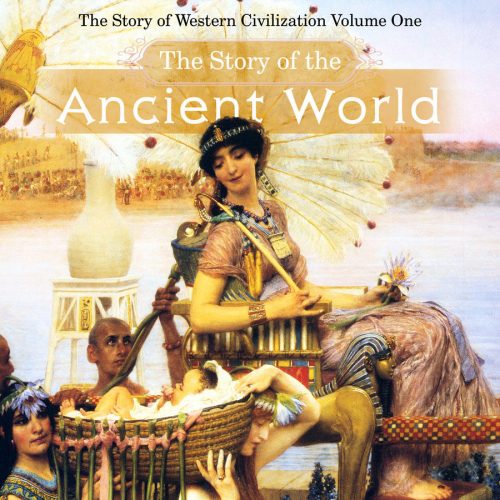
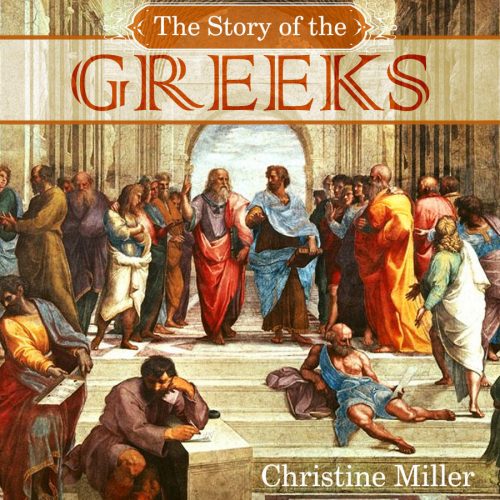
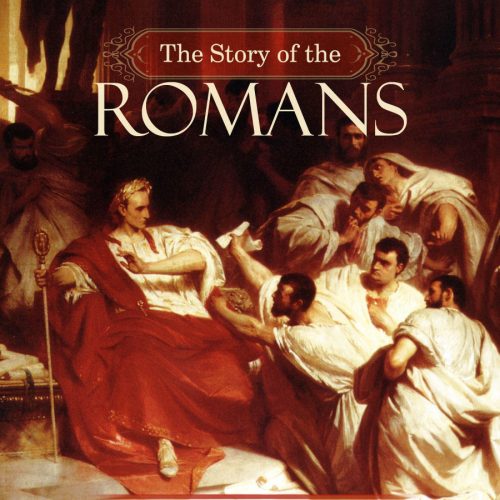

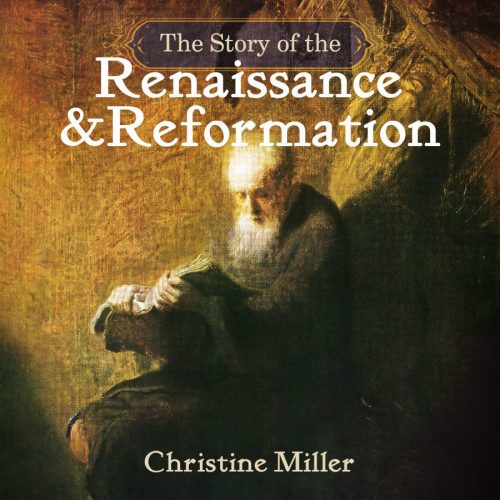




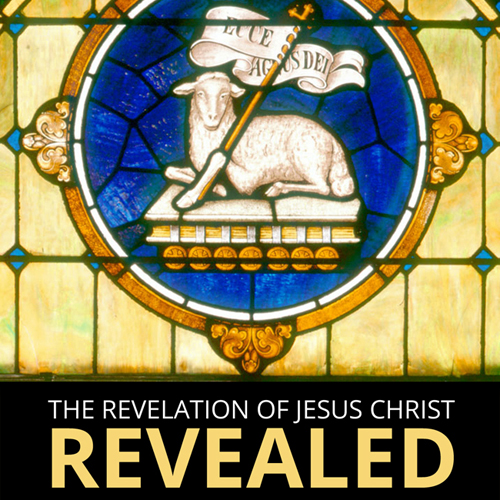


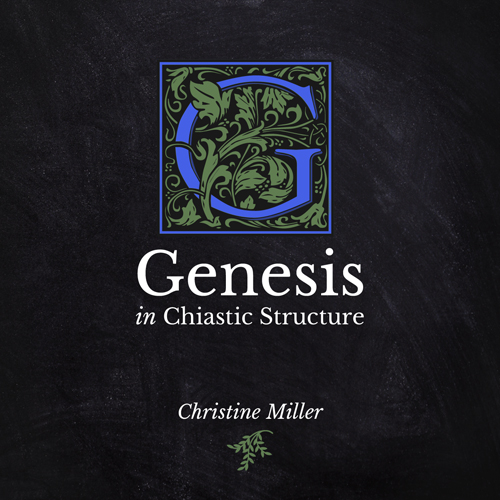
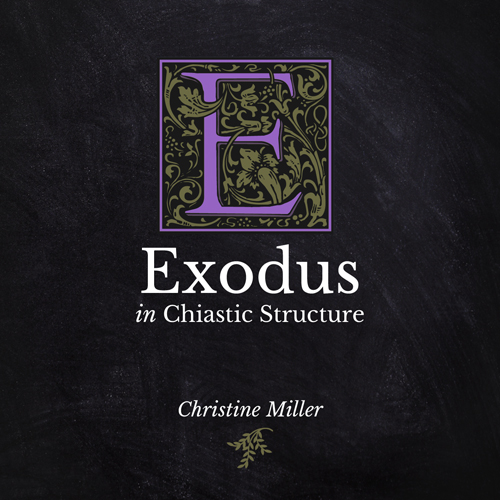
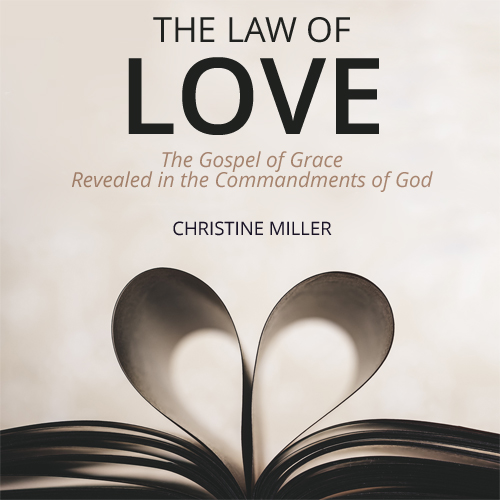
Leave a Reply